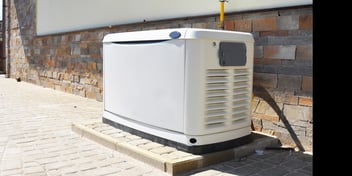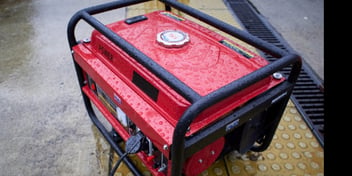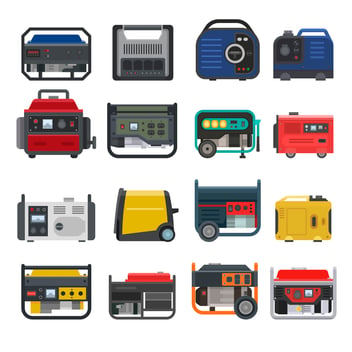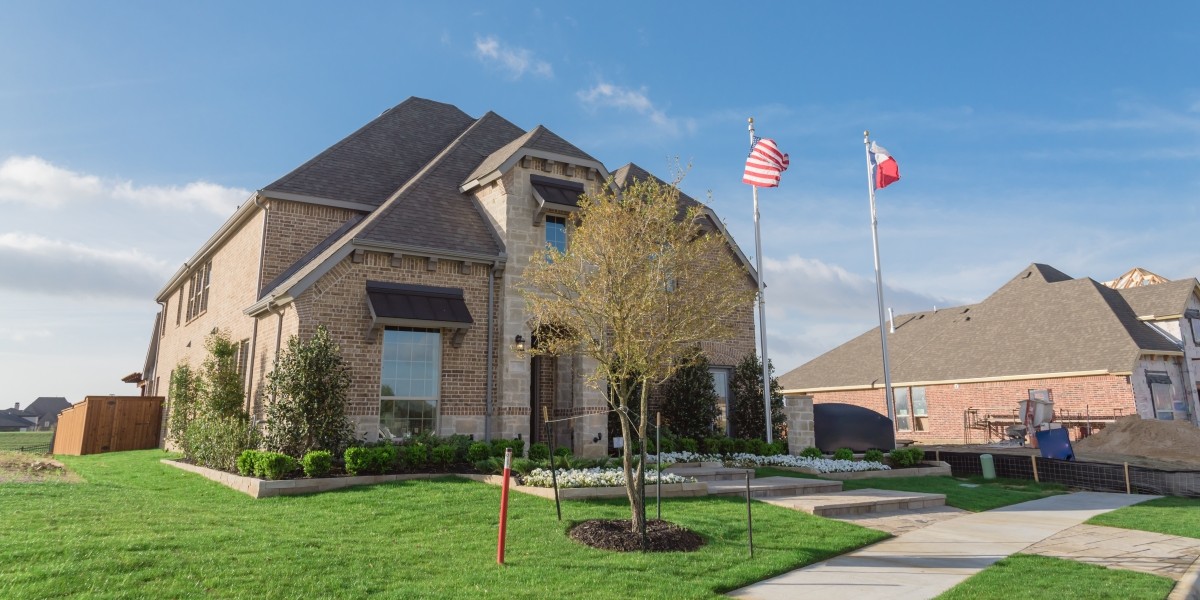It’s impossible to predict when your home’s power will go out. While bad storms may be the most common cause for a power outage, there are many other causes, such as animals causing a short circuit, excavation digging, car accidents, or just high demand. So when the power could go out at any moment, most homeowners want to know that there will be backup power to keep things running until the problem is fixed. Backup power generators are a great solution to this problem.
There are three main types of power generators: standby, portable, and inverter. In today’s post, we’re going to look at what homeowners should consider if they are looking to purchase a standby or automatic generator.
What to Consider When Purchasing a Standby Generator
Location
Generators that will power a whole home, or close to it, are located outside the house and ideally near both electric and gas hookups that power your home. The generator will most likely be installed near electrical hookups, so if there is a natural gas connection, there may need to be pipes installed that run from the connection to the generator.
There will also need to be a flat surface for the generator to sit on, which could mean making changes to existing landscaping. The generator will also need to be regularly maintenanced, so it will need to be easily accessible.
Noise
Backup power generators are fairly quiet, but how much noise it produces depends on how efficiently it’s running, what barriers are surrounding the unit, and what type of enclosure it has. Most residential generators are equipped with sound insulation material, but if you are concerned about noise, you may want to consider installing a fence or shrubbery around the unit. Just be mindful of how close shrubbery is to the unit.
Capacity
Residential generators are available in several sizes, but two common sizes are 14 and 20 kWh (kilowatt-hours). When deciding on a size generator, you can add up the watts for each appliance that you want to keep running while the power is out. If your fridge is 1,000 watts; the furnaces is 700; the sump pump is 1,200, you’ll need a generator that is at least 3,000 watts.
Physical Size
Today’s generators are fairly small, but can still take up a good chunk of lawn space, and they’re not always the most aesthetically pleasing addition to your landscape. When shopping and deciding the location of the generator, keep in mind that it may take up some space near walkways. There will also need to be some clearance around the unit itself.
Fuel
Generators typically run on either natural gas, propane, or diesel. Natural gas is often the most convenient, but it may only make sense if you’re already using natural gas for your stove. If you’re using propane, you may want to choose a generator that operates on propane. Diesel generators are typically larger and are more common for larger homes or commercial buildings.
Installation
Installing a generator will depend on the type and what fuel it runs on. Standby generators will require a professional to install the unit and may take two days to complete. The complexity of the location, the size of the unit, and other factors may increase the amount of time needed for the installation.
If you’re shopping for a standby generator, look to the experts at Generator Mart. We offer a large selection of trusted, reliable brands, a variety of fuel sources, sizes, and all the accessories you’ll need. Don’t let a power outage disrupt your daily routine! Shop today, and contact us with any questions.
RELATED POSTS
Proin auctor nibh vitae urna lobortis, in vulputate erat facilisis. Sed lacinia lorem eget orci finibus, et maximus nisi sagittis.

How to Choose the Right Generator
In an ideal world, there wouldn’t be natural disasters that cause wide-spread power outages, property damage, and loss of life. But the unfortunate...
Read more »
Benefits of Using a Portable Generator
No one likes to be without power at their house — food in your fridge may go bad, the sump pump doesn’t work, your heat or AC won’t work, and more....
Read more »
Consumer Generator Basics – Home Standby & Portable Generators
The two questions of “what kind of generator do I need” and “how big of a generator do I need” are the most common areas of concern for people...
Read more »

